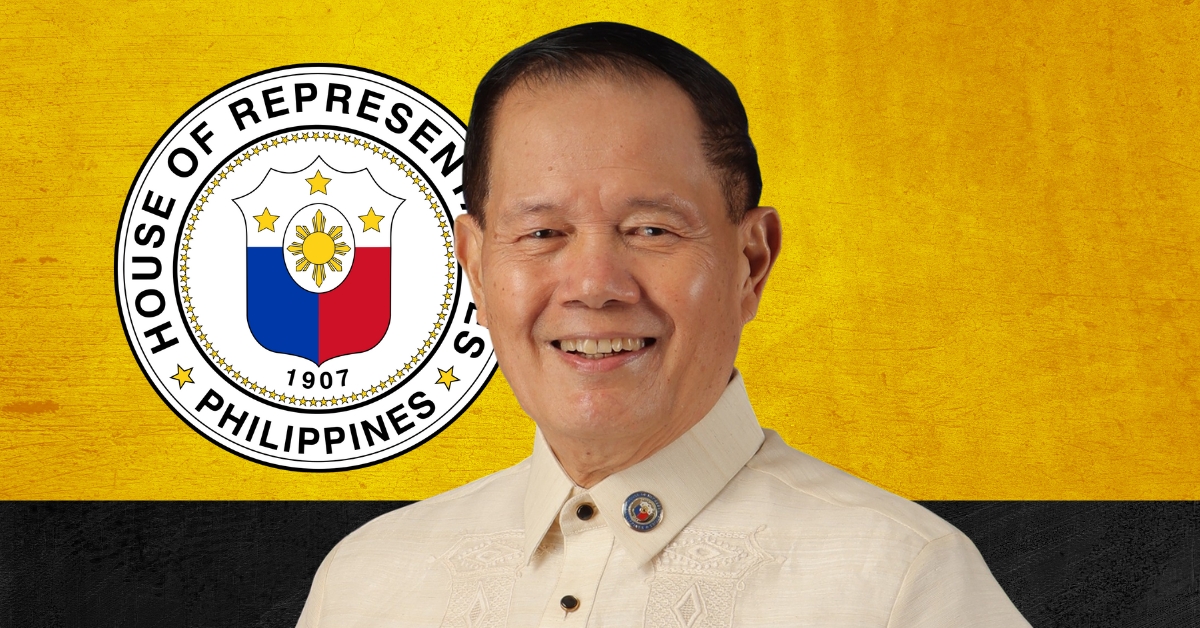
THE chairman of the House Committee on Public Works and Highways on Sunday said the role of “comprehensive engineering solutions” is important to address the impact of El Niño.
Surigao del Sur First District Rep. Romeo S. Momo Sr. issued his statement in support of the creation of an El Niño team to address the looming water shortage and improve public infrastructure as drought looms.
An engineer by profession, Momo said he believes government’s plan to upgrade the country’s flood control and water management by building impounding dams, small-river impounding projects and high dams is the “right move forward.”
“It is commendable that the President has put forth clear instructions and plans on how we will deal with the impact of El Niño because this team would be able to give our problems with depleting water resources the attention it needs,” Momo, a former undersecretary of the Department of Public Works and Highways (DPWH), was quoted in the statement as saying.
“It is high time that an administration prioritized the construction of critical infrastructure that would provide solutions to not only the effects of El Niño but to other weather disturbances and to climate change as well,” the lawmaker added.
Noting that a well-constructed plan on dealing with El Niño would also benefit the future, the lawmaker stressed the role of “comprehensive engineering solutions” that would last across generations.
This includes the creation of dams, catch basins, warning systems, levees and seawalls, among others.
Last week, President Ferdinand R. Marcos Jr. ordered the creation of a government team that would focus on mitigating the impact of the looming El Niño phenomenon, which is expected to hit from July to September this year and to last until 2024.
The President said he wanted “whole-of-government approach” so the country would have “protocol-based and scientific” long-term processes. He said he also wants an awareness campaign to instill conservation of water in the public consciousness.
Momo agreed that such directives are necessary in order to prepare the government and the public on the impact of El Niño on the marine environment as well as the agriculture and tourism sectors.
“It is the right move forward. This is not new to the Philippines. Time and again, we have seen how our communities have suffered because we were never prepared enough when the dry and wet seasons come. Today, we have an administration willing to face that painful truth. We should give it our full support,” the lawmaker said.
El Niño increases the likelihood of unusually low rainfall conditions that could cause the water hoard in dams to fall below functional levels.
According to the government’s weather-monitoring agency, there have been seven severe El Niño events since 1980, with the last one lasting from 2015 to 2016 that inflicted $327-million losses in agricultural alone.
In the previous El Niño event that persisted from the last quarter of 2018 to the third quarter of 2019, up to 61 percent of the country endured a drought while the other 39 percent underwent a dry spell.
A drought means three consecutive months of greater than 60-percent reduction from average rainfall or five consecutive months of 21-percent to 60-percent reduction from average rainfall.
A dry spell means three consecutive months of 21-percent to 60-percent reduction from average rainfall, or two consecutive months of greater than 60-percent reduction from average rainfall.
